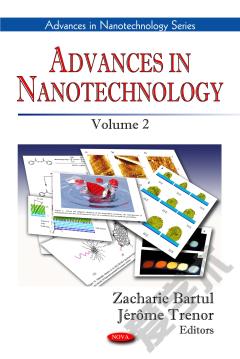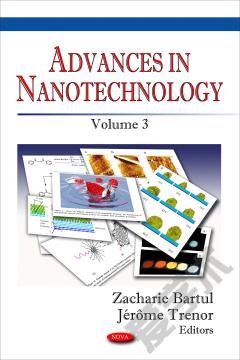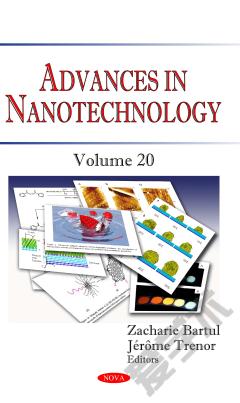Advances in Nanotechnology. Volume 2
The terms "nanoscience and nanotechnology" refer to the synthesis, characterization, exploration and application of nanostructured materials. There is an increasing awareness that the nanomechanical properties of living cells and the extracellular microenvironment are intimately linked to their underlying physiology in health and disease. The recent literature on cell nanomechanics is reviewed in this book and the relevance of this science to the development of nanomedicine is discussed. Furthermore, the data on the 2-line ferrihydrite structure and texture is analyzed, as well as its methods for preparation and catalytic properties. In addition, a simple method to initiate polymerization by irradiation, without any added initiators, is reviewed. The authors of this book also discuss the perspectives of future development of the photocatalytic systems based on nanostructured semiconductors, and the ways for their further perfection are outlined, broadening the number of known nanophotocatalysts and photocatalytic processes, as well as the benefits of the utilization of such systems in modern nanotechnologies. Other chapters in this book discuss the results of X-ray diffraction, transmission electron microscopy, and Raman spectroscopy for SnO2, TiO2 and CeO2 nanocrystals. The applications of amorphous metal alloys, as well as its benefits and disadvantages are also discussed.
{{comment.content}}








 京公网安备 11010802027623号
京公网安备 11010802027623号